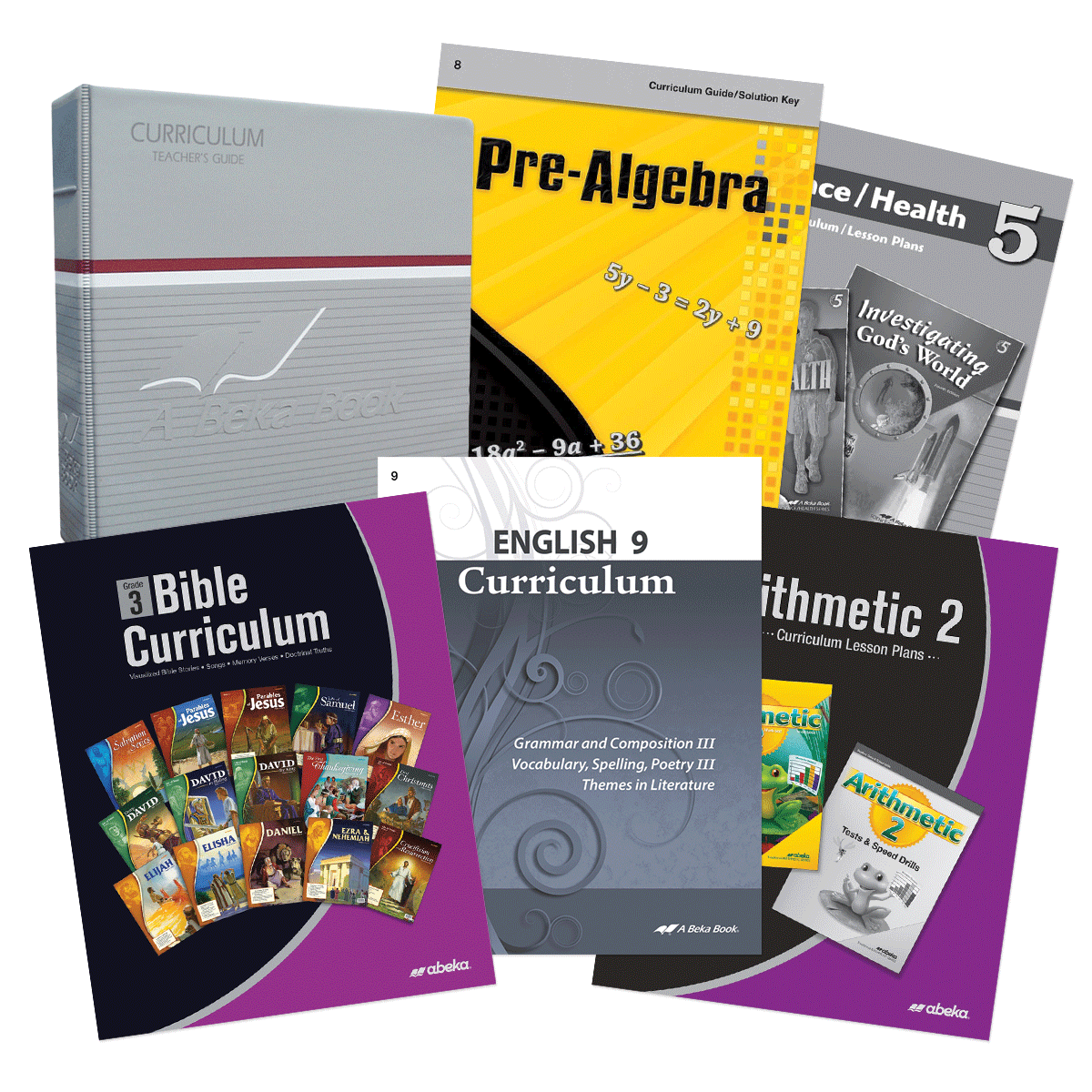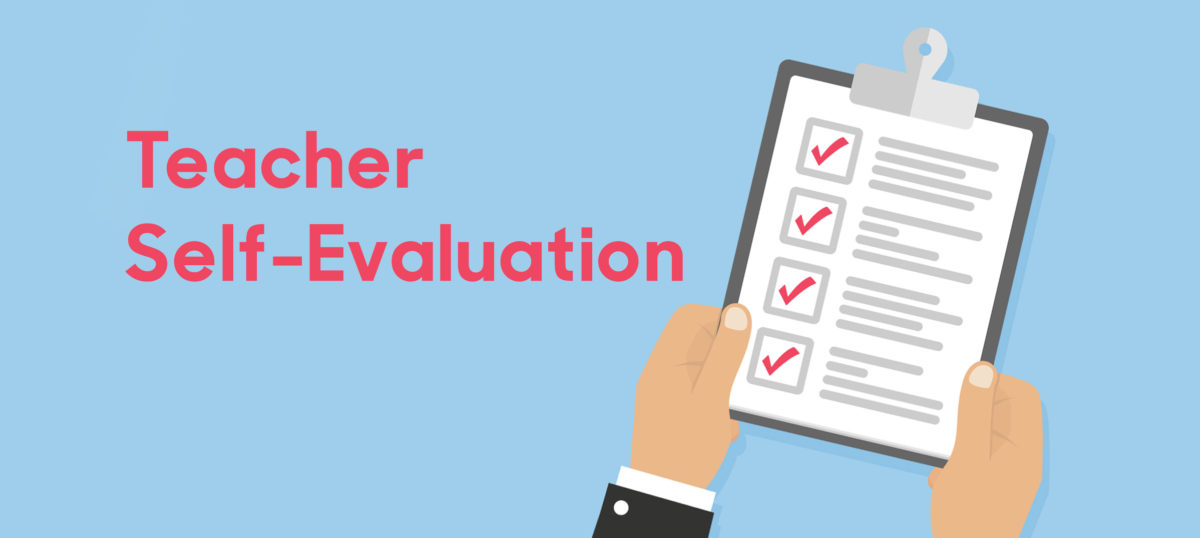
Whether your administrator evaluates your teaching only once a year or with quick walk-throughs every day, evaluations can be nerve-wracking.
How do you know if you’re doing everything right? How can you be sure your administrator will be happy with your teaching?
It’s hard to know for sure. But you can read on for a list of things evaluators usually check.
(If you’re a principal or school administrator, read this too! You might get some ideas for your next teacher evaluation.)
Here’s the checklist you can use to self-evaluate:
1. Classroom Organization
Desks are arranged in orderly rows.
Chalkboards and whiteboards are clear of distracting smudges.
Students are putting their personal belongings in the right place.
The floor is clean and free of trash.
Bulletin boards are age-appropriate and engaging.
The classroom is stocked with supplies in easy reach.
2. Professional Behavior/Appearance
I’m alert for ways to improve my teaching.
I work to solve any issues that come up and take leadership of my classroom.
My students address me with respect.
My appearance is neat and professional.
3. Classroom Control
My students don’t interrupt or speak over me.
I don’t raise my voice to get attention.
I move around the classroom, walk between the rows, or stand at the back of the room. I don’t just stay behind my podium or desk while teaching.
4. Discipline/Character Training
I give students clear expectations for classroom behavior.
I teach them about different character traits by incorporating themes like courage, honesty, and diligence into lessons.
I remember to praise good behavior and character traits when I see them in my students.
5. Communication
Worksheets, tests, and instructions on the chalkboard have correct grammar, spelling, and punctuation.
I avoid slang and texting lingo with students.
I speak clearly and with expression.
I check the pronunciation of any unfamiliar names or terms before teaching them.
I speak at my students’ level of understanding.
6. Lesson Content
My preparation is evident.
I take extra time to make sure I’m using curriculum to my students’ advantage and follow a logical sequence of lessons.
I cover each lesson’s material thoroughly.
I add creative ideas and enrich textbook learning with engaging visuals, chalkboard work, class demonstrations, or review games.
7. Student Engagement
I encourage student input and engagement in my class.
I strive for lessons that prompt higher-level thinking and present interesting content, and my students raise thought-provoking questions of their own.
I balance student comments with lesson material. I let students know that I value their participation, but I don’t let lessons get sidetracked by unrelated comments.
I check on individual student needs to make sure everyone is keeping up and no one is getting behind.
I involve all students in my lessons.
8. Attitude
I have a goal-oriented attitude toward teaching. I think ahead, work quickly, and determine to use every minute wisely.
I give helpful, constructive comments for students’ work and presentations.
I take initiative to get things done.
I’m responsible, reliable, independent, and punctual.
I make learning fun by being enthusiastic and excited, no matter what I’m teaching.
This checklist might not be all-inclusive, but it gives you a good start. And now that you have a better idea of what evaluators look for, you can teach with confidence on evaluation day—or any other day in your classroom.

Stay organized. Our Curriculum Lesson Plans make it easier.
SHOP LESSON PLANS



Comments for Teacher Self-Evaluation
Add A Comment
Your email address will not be published. Required fields are marked *